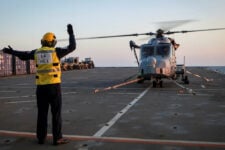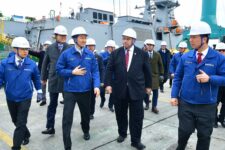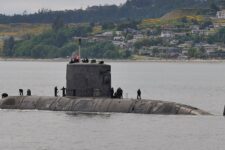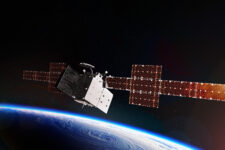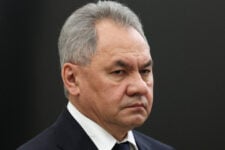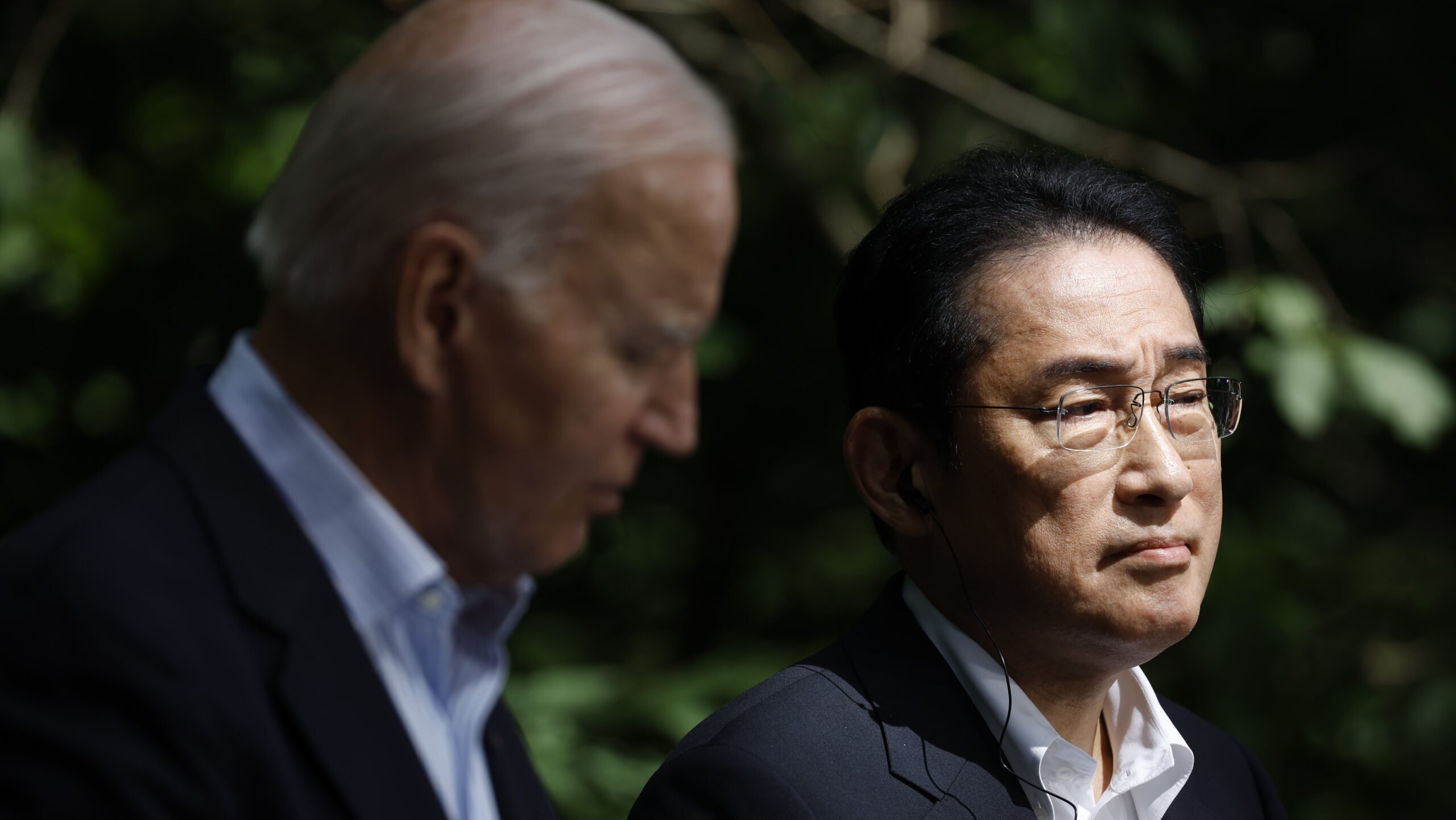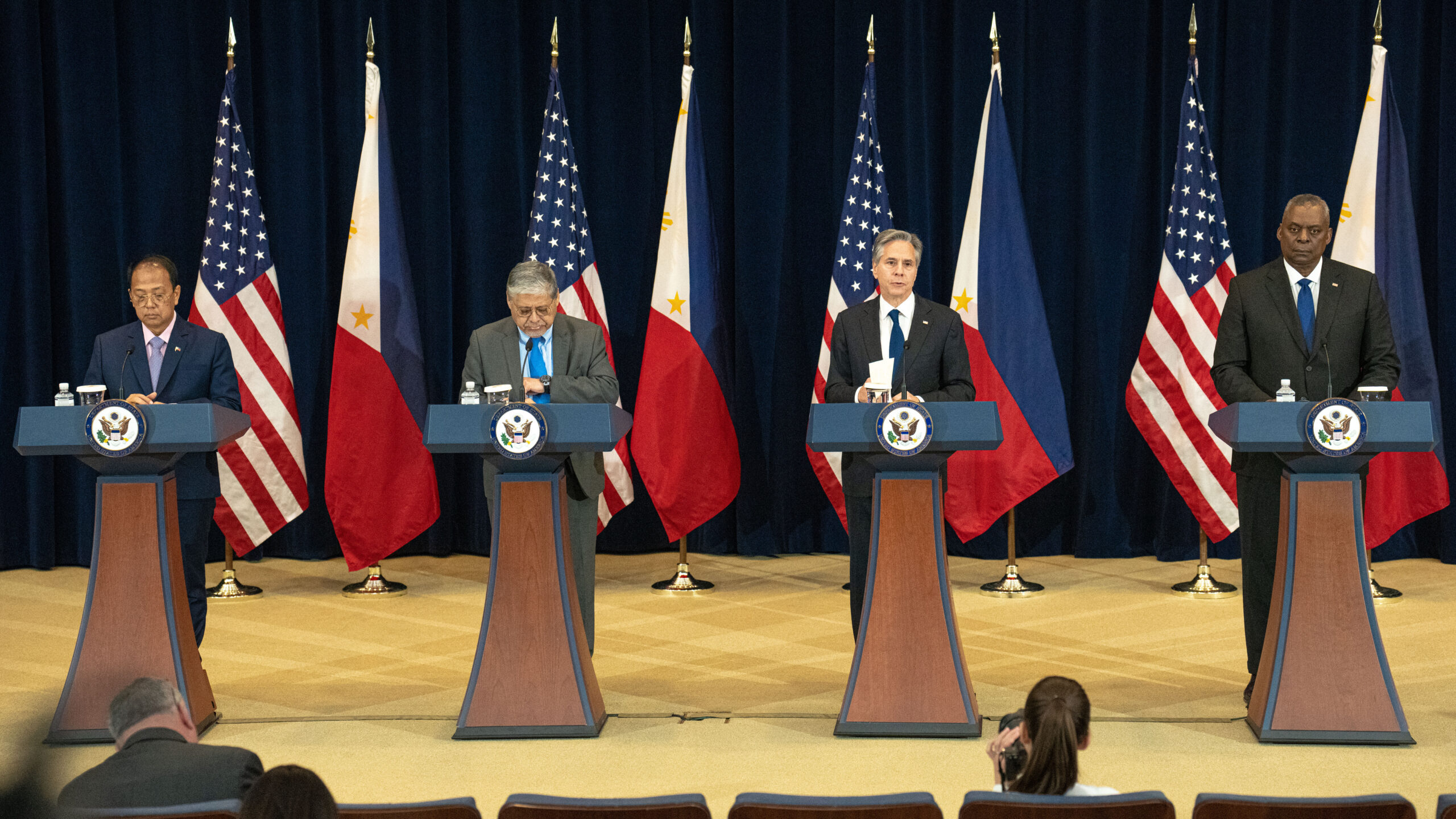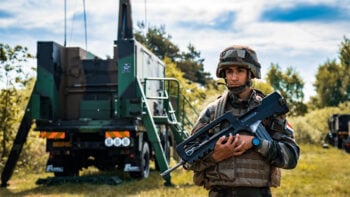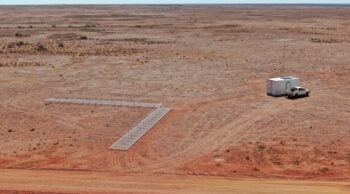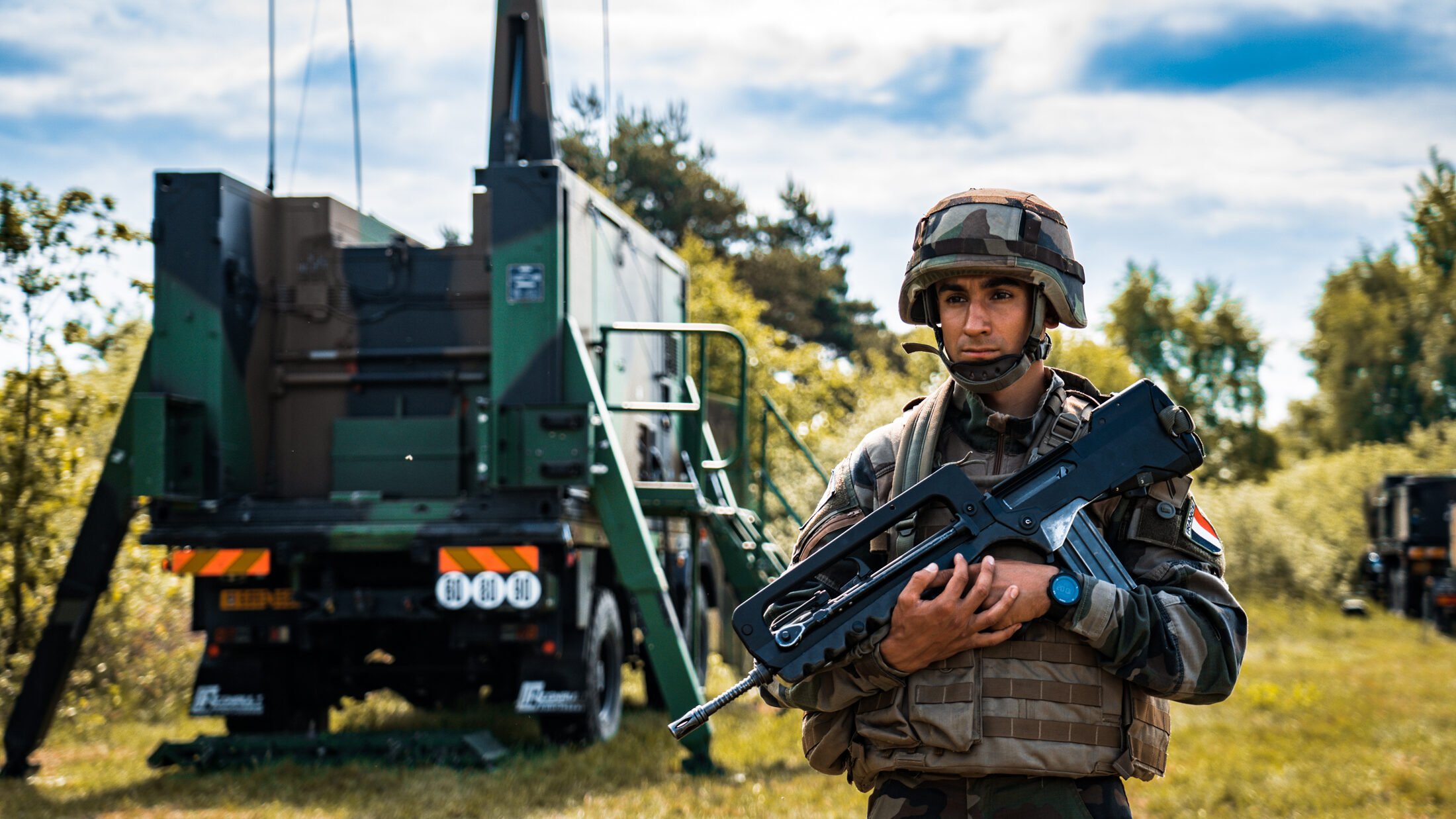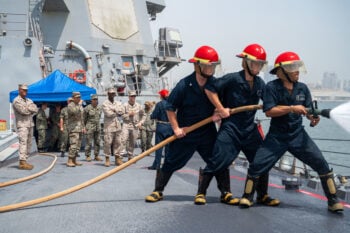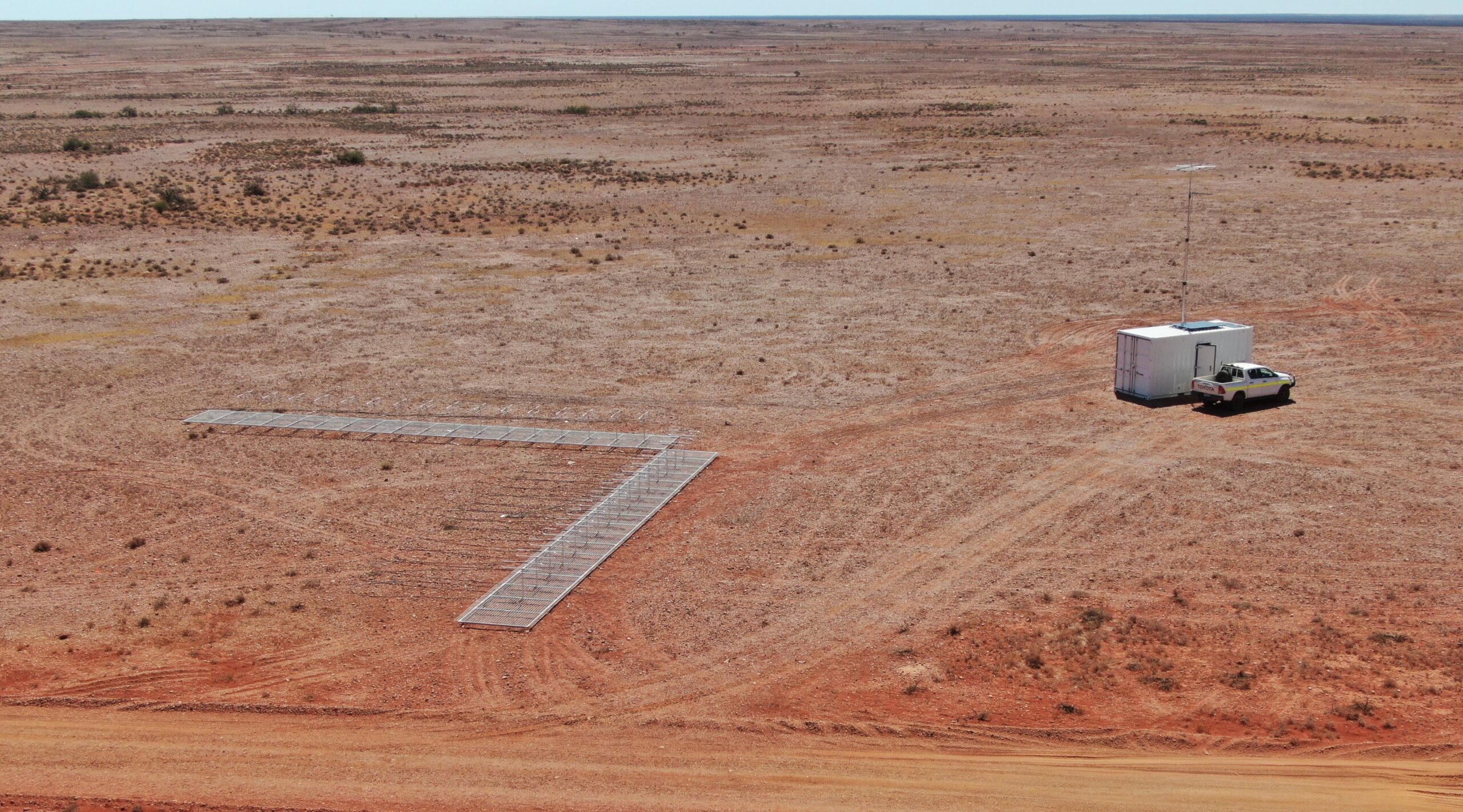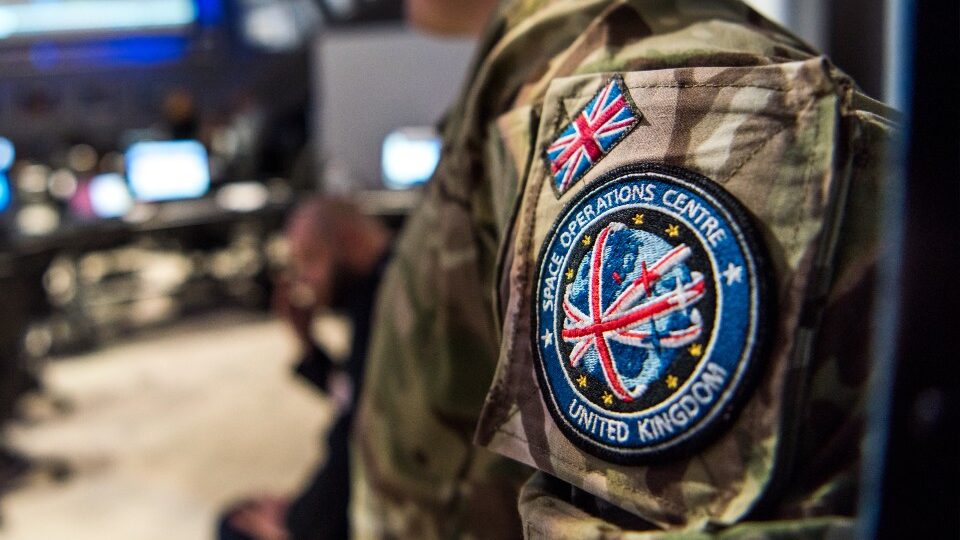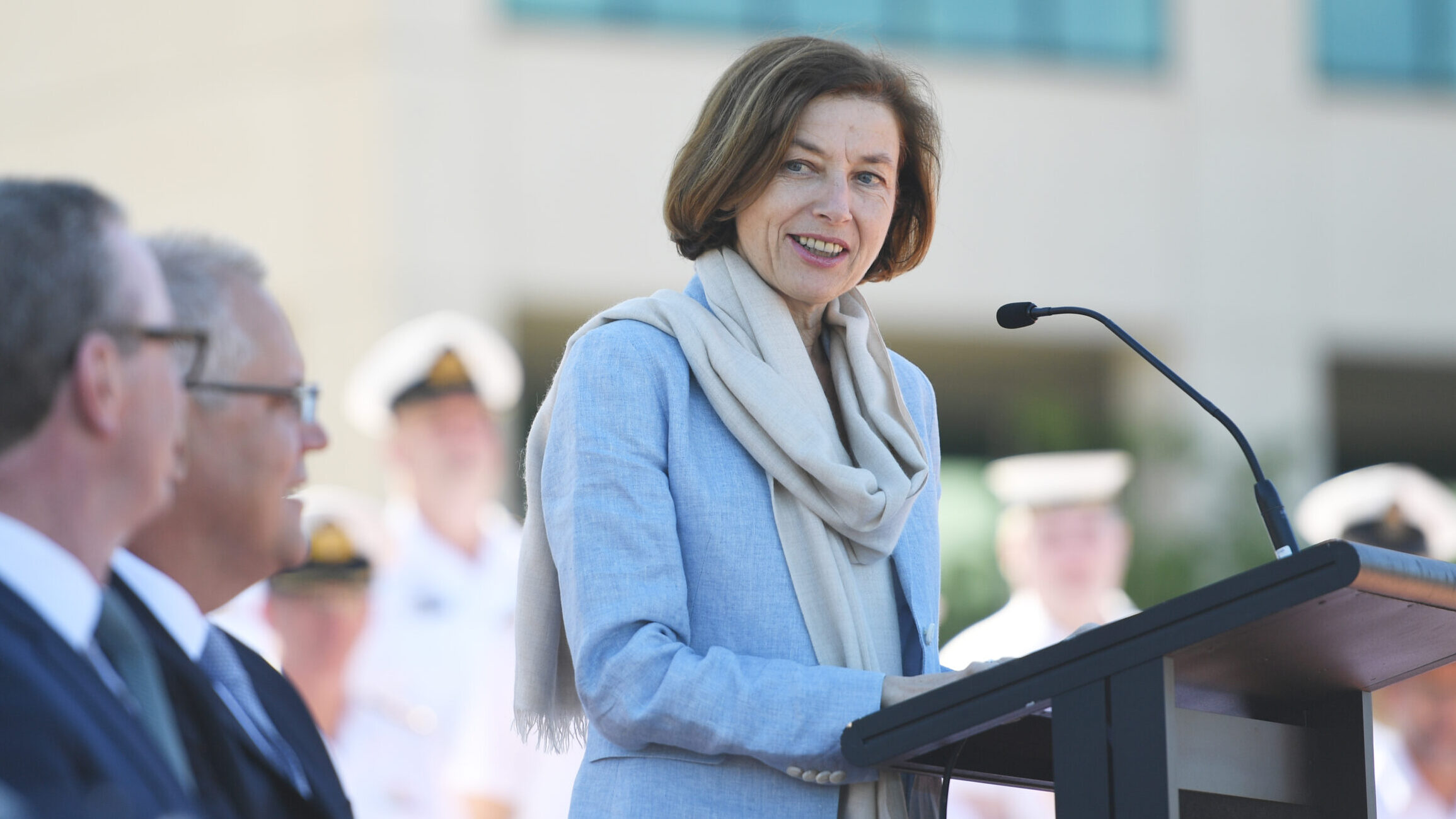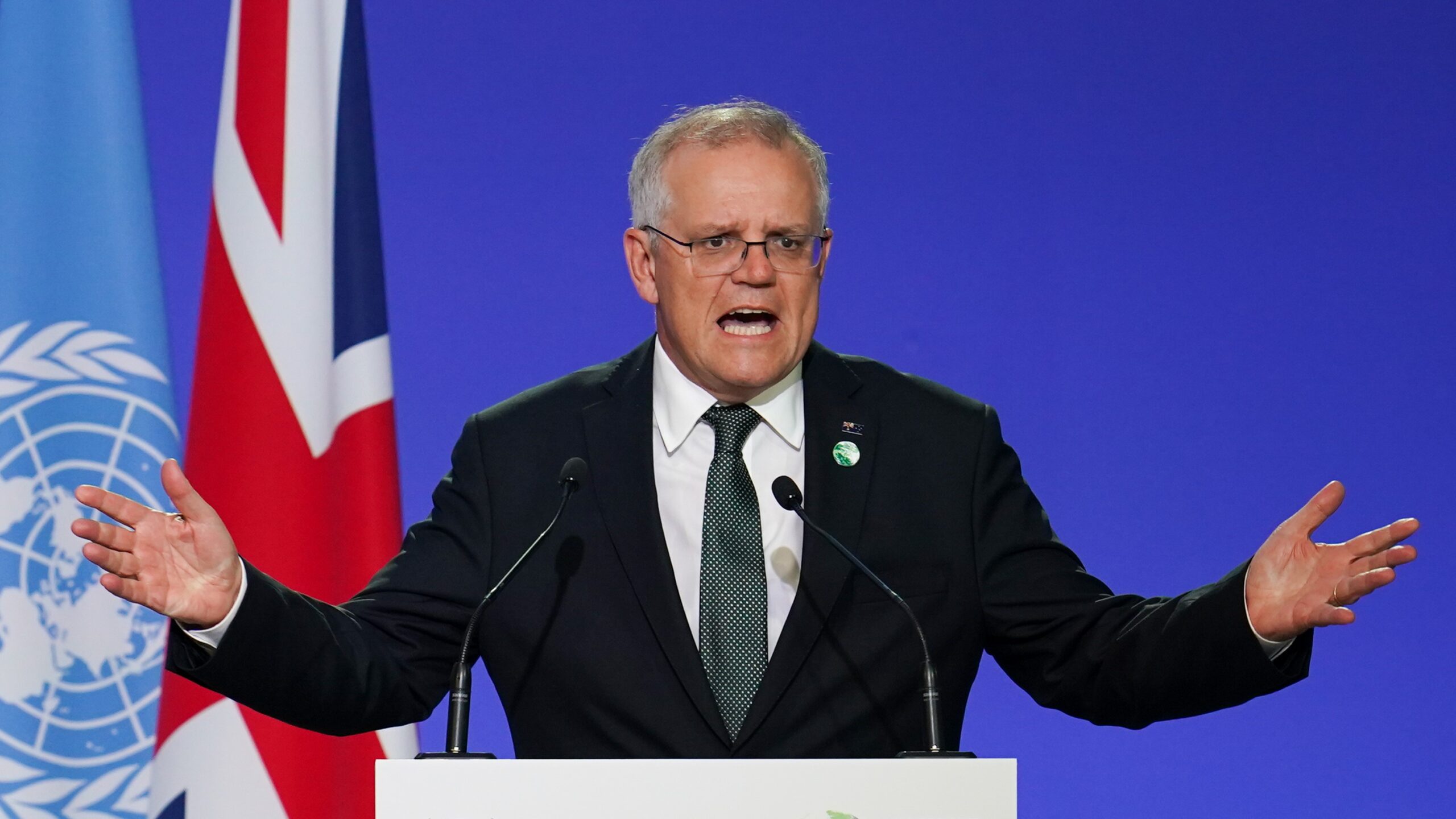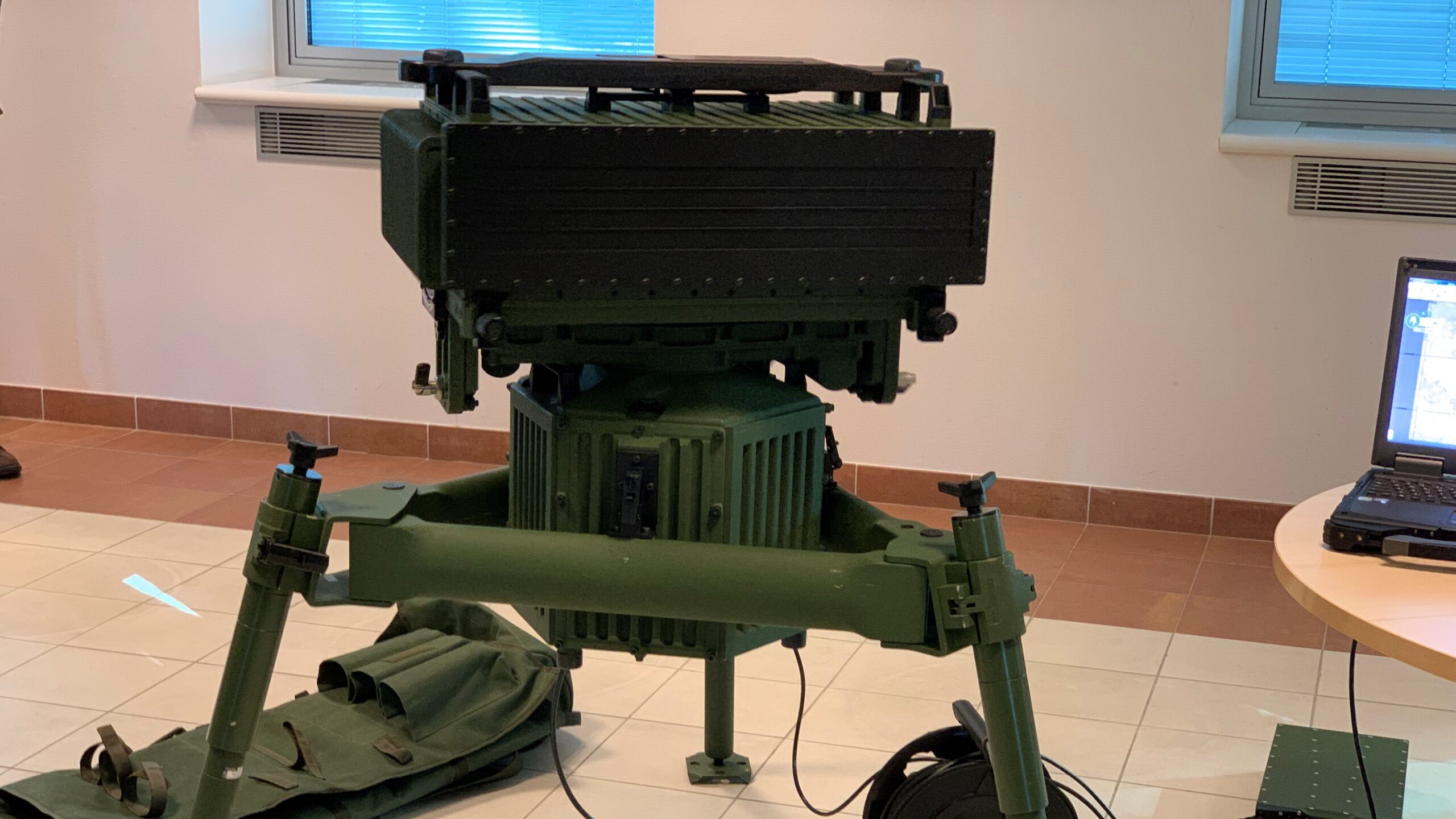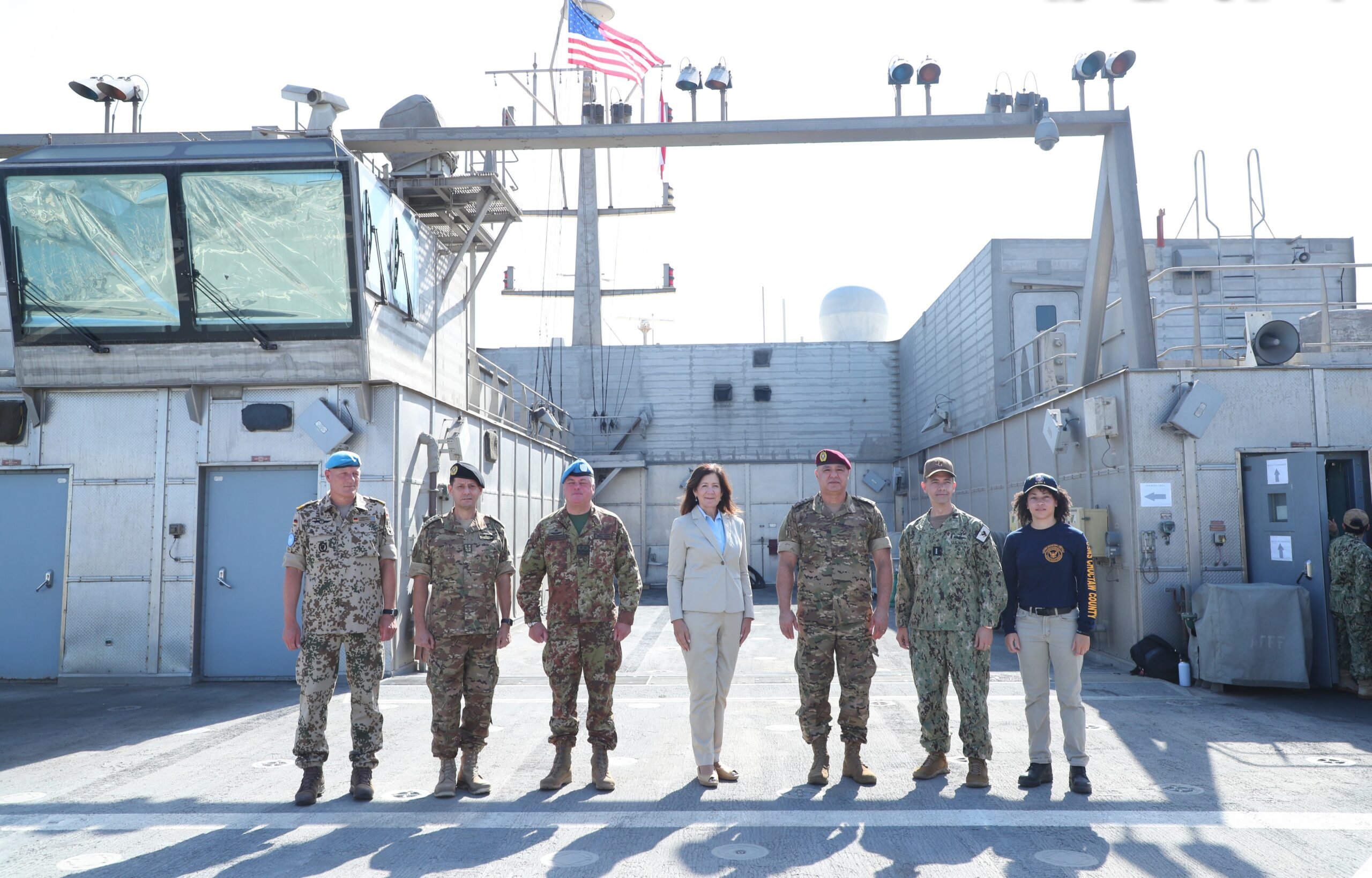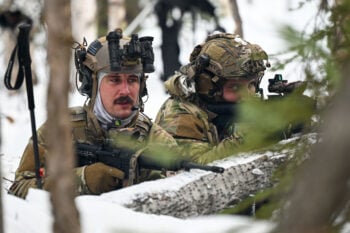
Allies
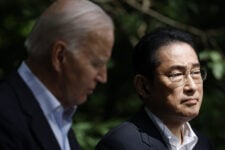
“Japan is basically signaling both to the Philippines and the US, and beyond that, [to] Southeast Asia and others in the region, that they should look to Japan as a leader in this space,” John Blaxland, of the Australian National University, told Breaking Defense.
By Colin Clark
Under the new approach, there must be a technical rationale for stamping a space program as special access, not simply because of a service policy decision, said DoD space policy czar John Plumb.
By Theresa Hitchens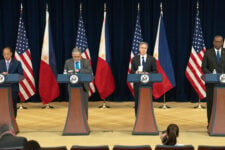
Leaders discussed what US Defense Secretary Lloyd Austin called “a security-sector assistance roadmap to support the delivery of priority defense platforms over the next five to 10 years, including radar, unmanned aerial systems, military transport aircraft and coastal- and air-defense systems.”
By Colin Clark
“So the measure that we undertook of the flight limit bulletin, I think, probably is best summed up as that will allow us to not only to stop this increase in the rate of occurrence, but reduce it by 99 percent,” a senior official told Breaking Defense.
By Colin Clark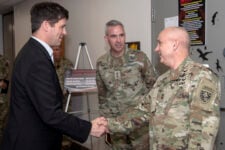
John Plumb, DoD assistant secretary for space policy, suggested overuse of SAPs is hindering information sharing across programs and, more importantly, to allies.
By Theresa Hitchens
NATO likely will maintain a “semi-permanent” presence in Eastern Europe for many years to come, said retired Gen. Tod Wolters, former Supreme Allied Commander Europe.
By Theresa Hitchens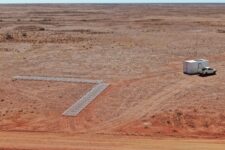
“We’re talking about a shipping container that includes everything: the power supply, the generator, the batteries, all of the computers, all of the antennas that will fit inside,” CEO James Palmer said. “You can put it into an area where you wish to get some coverage, deploy the aperture out, and within half-a-day you’re up and running and observing stuff in Low Earth Orbit completely covertly.”
By Colin Clark
“Ukraine has shown that shaping and deterrence can fail, that assumptions can be wrong and that events can take on a life of their own. It shows the character of warfare may have changed, but its nature has not,” the head of Australia’s Army, Lt. Gen. Richard Burr, said.
By Colin Clark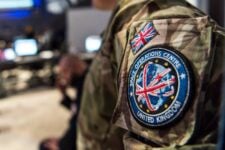
Cox said allies “want to participate” in US force design efforts, “but in a way that benefits their own requirements.”
By Theresa Hitchens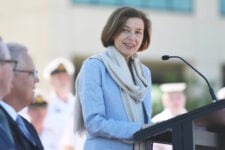
The new NATO policy doesn’t quite cover all the cracks in allied views of military action in space, noting that the 30 member states “should develop a common understanding of concepts such as the role of space in crisis or conflict.”
By Theresa Hitchens
Australia’s ambassador to the US, Arthur Sinodinos, confirmed unequivocally that the “mature” submarines his country will buy will use highly enriched uranium: “The subs would be using HEU, and we’re just working out now the arrangements what that will mean in practice.”
By Colin Clark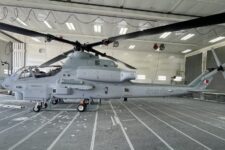
While it’s comforting to imagine that US hardware will only be directed at terrorists and Iranian threats, “Bahrain’s history of suppressing internal dissent with external weaponry suggests that these choppers may end up serving a police function during times of crisis, as well.”
By Chyrine Mezher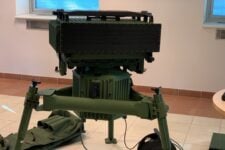
Thales’ new Ground Observer 20 Multi-Mission radar mixes expeditionary design with AI in what the company hopes will open up a new market for its capabilities.
By Chyrine Mezher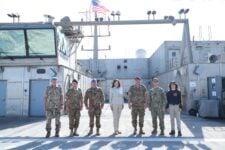
The visit of the Choctaw County is meant to signal support for Lebanon’s government – and especially its Navy, analysts say.
By Chyrine Mezher



